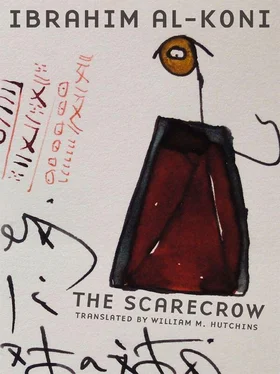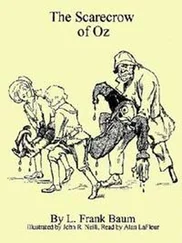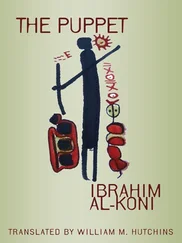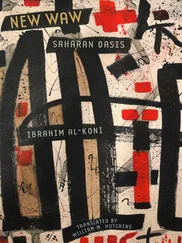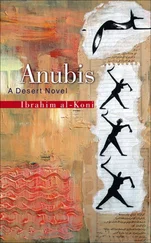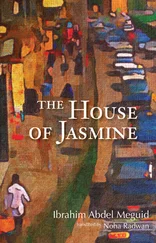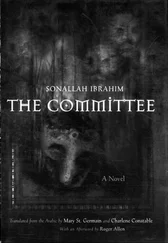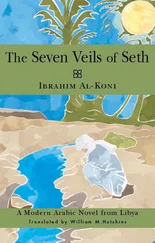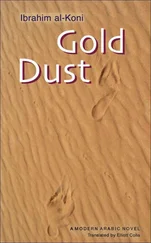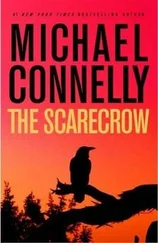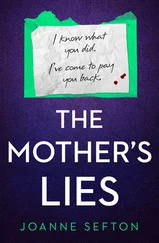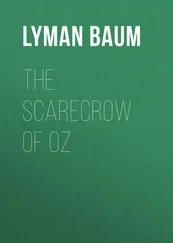Jung claimed in “Archetypes of the Collective Unconscious” that these archetypes are “primordial types … universal images that have existed since the remotest times.” 37If he is correct, the net must be cast over all of human experience, not simply Africa or Europe. In “On the Psychology of the Trickster-Figure” he pointed out that Yahweh in the Hebrew Bible exhibits
not a few reminders of the unpredictable behavior of the trickster, of his senseless orgies of destruction … together with the same gradual development into a savior and his simultaneous humanization. It is just this transformation of the meaningless into the meaningful that reveals the trickster’s compensatory relation to the “saint.” 38
One main theme of The Scarecrow is the humanization of the demonic protagonist. Does this transformation also help the meaningless become meaningful? If Jung was even partially correct about archetypes, then many other players can be introduced with questions like: Is Shiva’s role of constructive destruction in the Hindu Trimurti similar to that played by al-Koni’s demon?
WEST AFRICA
Robert D. Pelton, in his book The Trickster in West Africa , says that “the trickster pulls the most unyielding matter — disease, ugliness, greed, lust, lying, jealousy — into the orbit of life….” 39He also says, earlier, that “His presence … represents a ceaseless informing of structure with rawness and formlessness and a boundless confidence that such a process is truly constructive.” 40Roger D. Abrahams, in African Folktales , says of the trickster that he “represents primal creativity and pathological destructiveness, childish innocence, and self-absorption.” He “lives in the wilds, but makes regular incursions into the human community …” and “is sexually voracious.” 41Abrahams summarizes:
the vitality and the protean abilities of Trickster … are continually fascinating and … carry … the characteristic African message that life is celebrated most fully through the dramatizing of oppositions. 42
Viewed from a West African perspective, the scarecrow phenomenon in the final two novels of al-Koni’s Oasis trilogy ( The Puppet and The Scarecrow ) are masquerades, perhaps comparable to the Yoruba egungun , a returning ancestor. Moreover, the idea that a spirit or god may take possession of a worshiper or borrow random body parts to visit the market has a wealth of West African parallels.
ESHU
Eshu stands out among the 401 Yoruba orisha who either represent dimensions of Olorun, the sky god, or serve him, because Eshu acts as their messenger. Few of Africa’s traditional gods are portrayed in African art, but Eshu’s face is usually carved on the Ifa divination tray. God of the road, he may be worshiped at a crossroads. In the chapter called “The Scarecrow,” we learn that cunning strategists in Tuareg culture are cautious at crossroads. Eshu is also a trickster who deliberately starts fights, but these fights normally promote sacrifices to the orisha — he receives a commission — and therefore improve human conduct.
Noel Q. King, in African Cosmos , first warns Muslims and Christians against confusing Eshu with Satan and then cautions anthropologists against seeing him as the trickster. (King refers to him instead as the Prankster — a subtle distinction.) If Eshu deceives “people into wrong behavior,” that is primarily “so they may gain favor by their expiation and feed the divinities with their offerings.” 43Similarly, in his book The Trickster in West Africa , Robert D. Pelton says that by starting a quarrel between two friends, Eshu demonstrates that their “friendship was held together by custom, not by mutual awareness” or by “a willingness to undergo modification together.” 44Fixing a chair that was poorly repaired or a bone that was improperly set may require breaking it again first. In his excellent article about al-Koni, Sabry Hafez was, then, perhaps overly influenced by Semitic precedents when he identified the Tuareg Wantahet ( wantahit ) as “Beelzebub, the prince of the evil spirits.” 45This is odd, because on the previous page he said, “the desert’s spiritual balance is maintained by an amalgam of African and ancient Egyptian tenets.” 46His reference then was, admittedly, to the role of ancestors’ spirits, not to demons. A few pages later he identified Wantahet himself, specifically, as “the prince of evil spirits…” 47and then after that said that one of the characters is “the personification of wantahit , Beelzebub.” 48A more African Wantahet is, arguably, a more interesting (and more authentically Tuareg) literary demon. In the chapter called “Wantahet” in The Scarecrow , Wantahet is presented as the advocate of revenge or retribution. Thus, he plays a role parallel to that of Eshu as a trickster who rebalances the scales of justice in the novel by pulling a carpet out from under the feet of malefactors.
Pelton also says that Eshu’s “presence in the market is indeed a phallic presence, loaded with volatile, unstable energy.” He observes,
Eshu embodies sexuality as unleashed desire — not lust merely, nor even avarice, envy or greed, but that passion for what lies outside one’s grasp which the Greeks saw in some sense as the sovereign mover of human life. 49
Pelton summarizes: “Eshu does not only present riddles; he is one.” 50Seth, in The Seven Veils of Seth, poses riddles as well and definitely is one.
Manning Marable in Malcolm X: A Life of Reinvention at one point calls Malcolm X a North American version of a West African trickster, saying that Malcolm X:
presented himself as the embodiment of the two central figures of African-American folk culture, simultaneously the hustler/trickster and the preacher/minister. Janus-faced, the trickster is unpredictable, capable of outrageous transgressions; the minister saves souls, redeems shattered lives, and promises a new world. 51
These roles are precisely — albeit perhaps coincidentally — the two sides of Isan’s character in The Seven Veils of Seth , of the mythic Wantahet character in Tuareg folklore, and of al-Koni’s demons, as in The Scarecrow .
One other parallel to African American culture is the occasional use by al-Koni of call-and-response passages like the second section of the second chapter, “The Prophecy,” in The Scarecrow .
AL-KONI’S MYSTICAL, SUFI, AND EUROPEAN FORMATION
Seth and Eshu, admittedly, may not have been the only inspirations for the development of the demonic hero in the novels of al-Koni, because other forces — like Sufism and Russian literature — have also been part of his formation.
Ziad Elmarsafy, in his book Sufism in the Contemporary Arabic Novel , has an elegant chapter devoted to demonstrating the central place of Sufism not only in the novels of Ibrahim al-Koni but in explaining his sense of mission as a novelist. He refers, for example, to al-Koni’s motif of “the wanderings of individuals in the desert” as “a mystical ecology.” 52He says that “Al-Koni’s use of Sufi elements is present in his writings from the outset.” 53Moreover, “It is no accident that his repertoire of stock characters includes … the spiritual master and the disciple.” 54Although Wantahet in al-Koni’s novels is accused of inviting people to a banquet on a carpet spread over an abyss, Elmarsafy explains: “Al-Koni makes clear that the abyss ( al-hawiya ) is a key step in a spiritual journey, during which the traveller’s suffering is at its worst.” 55This Sufi interpretation of the abyss totally transforms the meaning of Wantahet’s banquet. Referring to the division of the Tuareg world into a visible and an invisible sphere, Elmarsafy summarizes a discussion of the subject by Hélène Claudot-Hawad and repeats her point that it is the Sufi, not the tribal leader, who can move between the two spheres. 56Wantahet then becomes a Sufi prototype, and al-hawiya —the abyss or pit beneath the banquet blanket — becomes one of the stages on the Sufi path. Thus Wantahet’s invitation to the abyss becomes an invitation to a form of union with the divine. A member of the Council of Elders says in The Scarecrow : “We must accept the abyss if the fall into it has been willed by the Spirit World.”
Читать дальше
